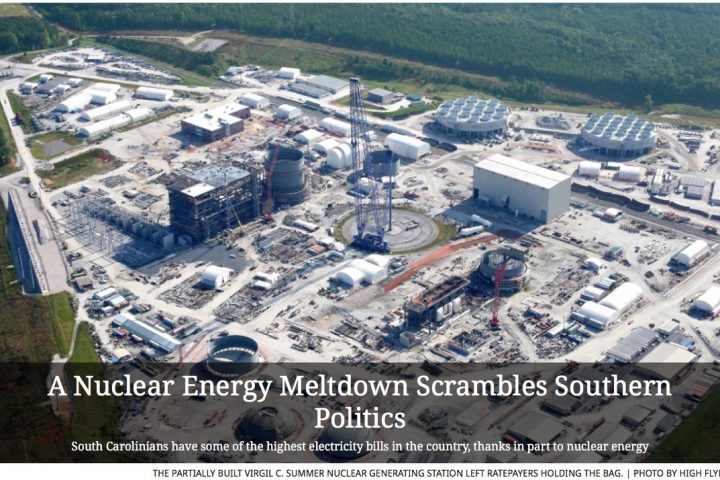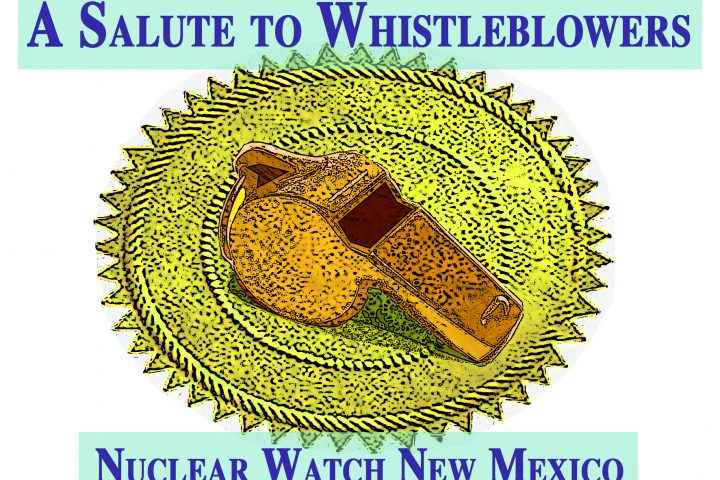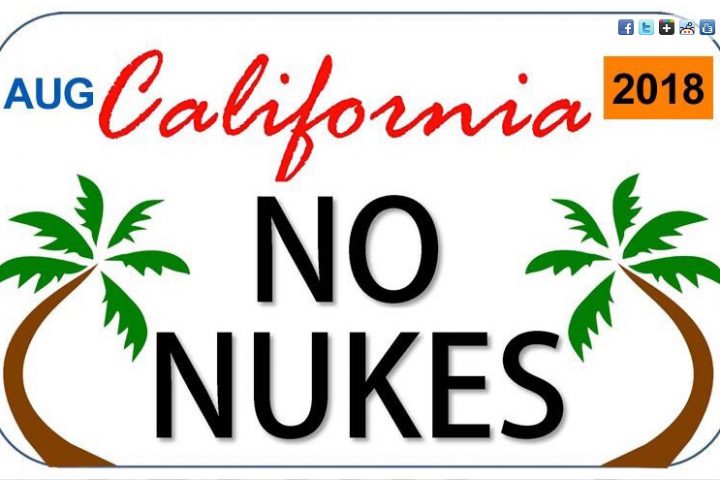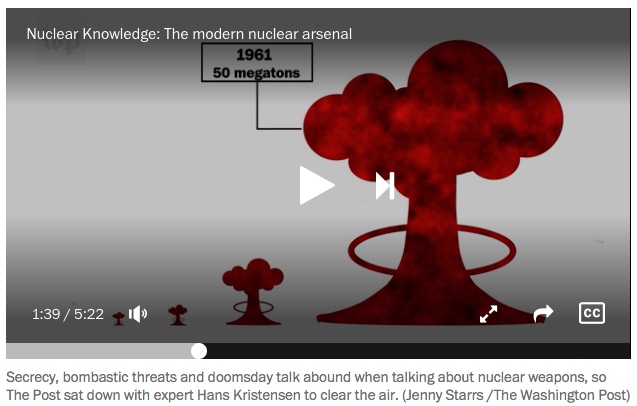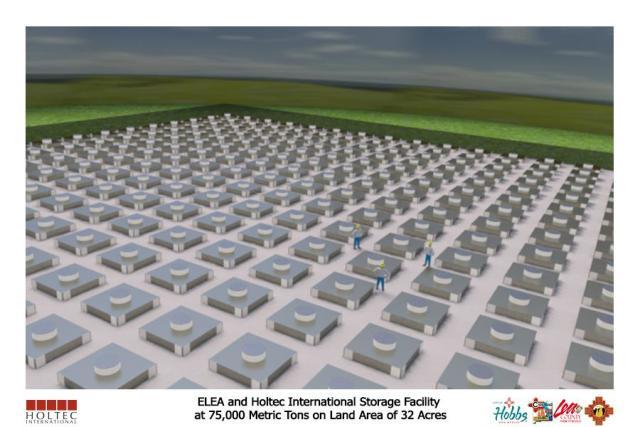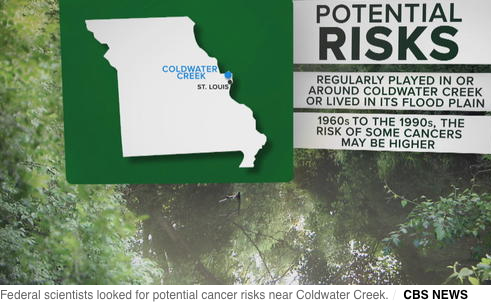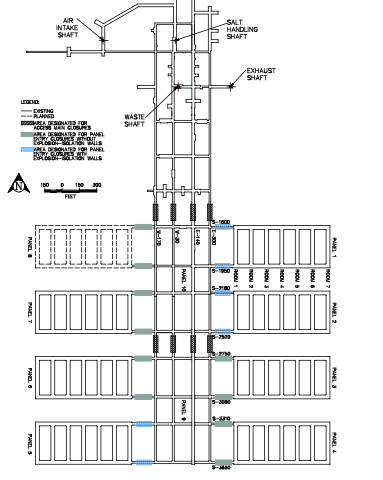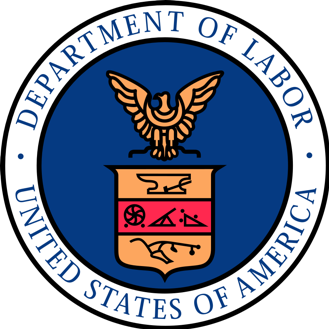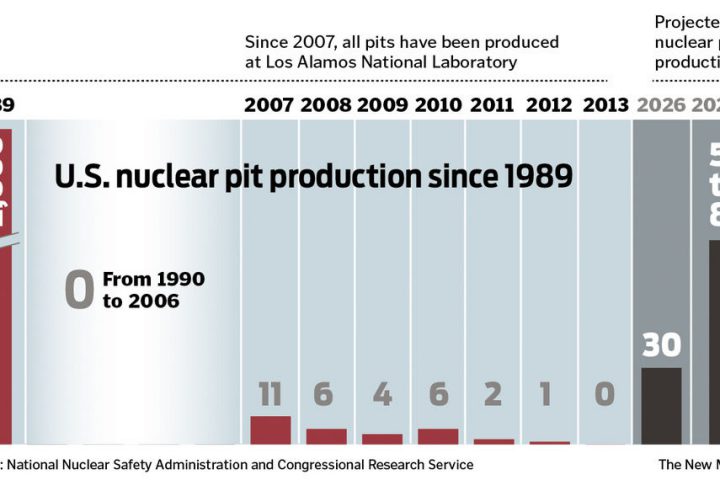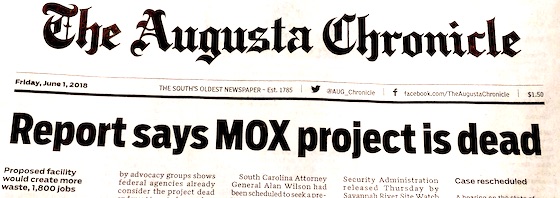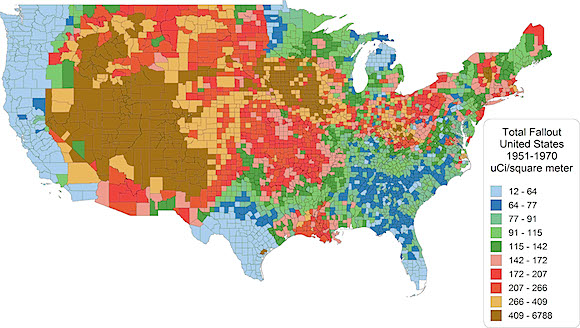Mini-nukes: Still a horrible and dangerous idea
By John Mecklin, September 19, 2018
Bulletin of the Atomic Scientists
Perhaps the most dangerous weapons program the US government has recently pursued involves a low-yield nuclear warhead for submarine-launched nuclear missiles. The arguments against development of such “small nukes” are legion and overwhelmingly compelling. In fact, almost exactly one year ago, I laid out some of those arguments in an article headlined, “Mini-nukes: The attempted resurrection of a terrible idea.” And, I said then, don’t just take my word for it; read the analysis of Jim Doyle, a former longtime technical staffer at the Los Alamos National Laboratory. Simply put, the availability of “small” nuclear warheads increases the likelihood that nuclear weapons will be used, and any use of nuclear weapons easily could (some experts might say “inevitably would”) lead to general nuclear war and the end of civilization.
In the last year, however, the Trump administration released a Nuclear Posture Review calling for development of a low-yield warhead for submarine-launched ballistic missiles. Congress subsequently passed a defense authorization act that includes money for the program, and another bill allocates millions in the Energy Department budget specifically for pursuit of the new warhead.

